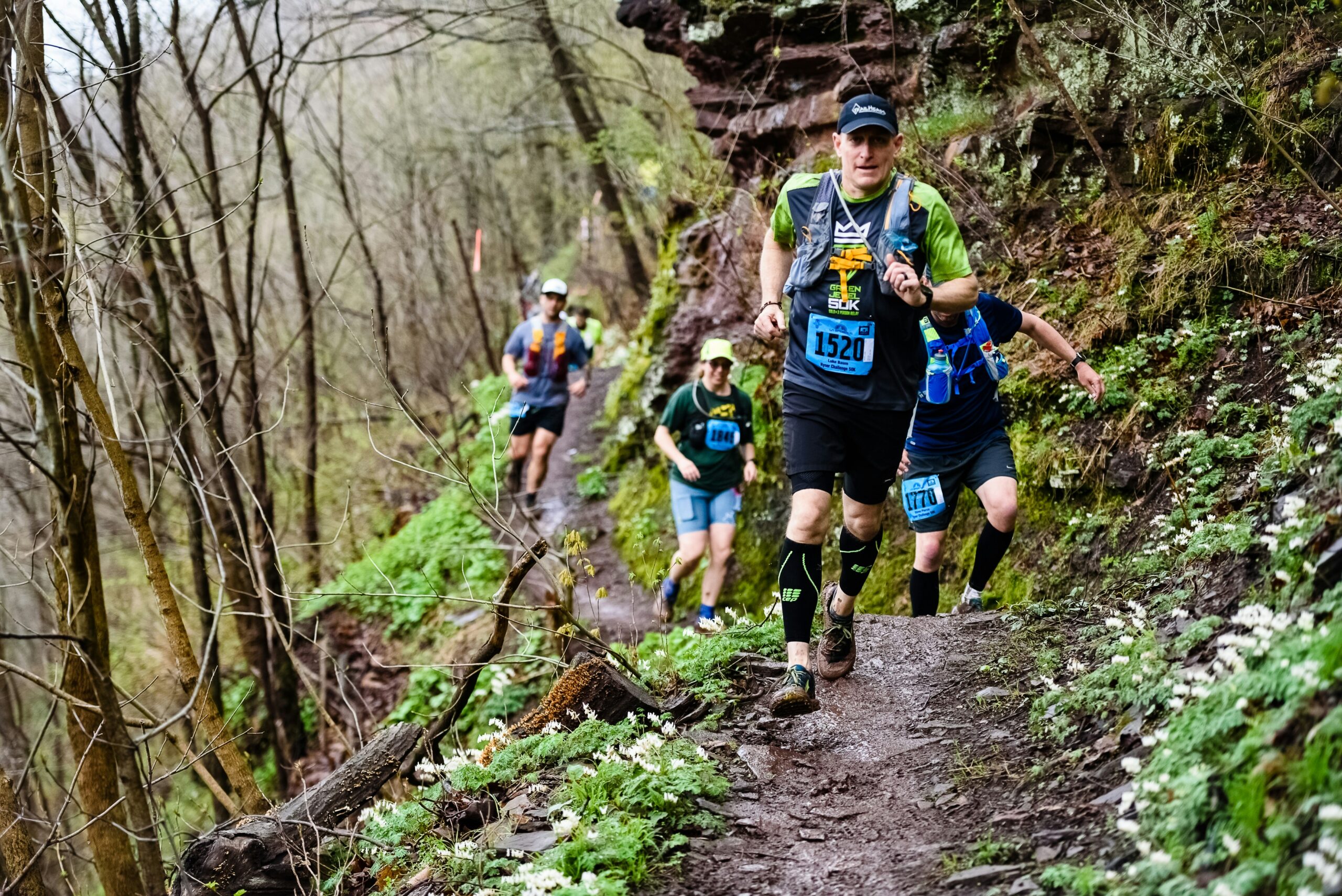If you’ve ever hit a steep incline during a trail run, you know the struggle is real. Your legs burn, your lungs fight for air, and that voice in your head tells you to stop. But here’s the thing—learning to conquer uphill terrain isn’t just about power; it’s about technique, mindset, and patience. Whether you’re tackling rolling hills or relentless mountain climbs, mastering uphill running will transform you into a stronger, more resilient runner. Let’s dive into the strategies that will help you glide up those hills with confidence.
Why Running Uphill Feels So Hard (And Why You Should Embrace It)
Running uphill demands more from your muscles, lungs, and heart than running on flat ground. Your calves, quads, and glutes work overtime, and your cardiovascular system has to push harder to keep up. But here’s the good news—every uphill step builds endurance, strengthens key muscle groups, and improves overall running efficiency. Plus, the more you train on inclines, the easier they become.
The Right Mindset: Embracing the Climb
First things first—shift your mindset. Instead of dreading hills, see them as opportunities to grow stronger. Many runners slow down on inclines, but those who learn to power through gain a serious edge. The goal isn’t speed; it’s efficiency.
Techniques to Conquer Uphill Trails
To make uphill running feel more natural, focus on these key techniques:
✔ Shorten Your Stride – Long, powerful strides might work on flat terrain, but they’ll drain your energy on hills. Shorten your steps to maintain momentum and reduce fatigue.
✔ Engage Your Arms – Your arms play a bigger role than you think. Keep them bent at 90 degrees and pump them in rhythm with your legs. They’ll help drive you forward.
✔ Maintain a Steady Effort – Instead of trying to keep the same pace as on flat ground, focus on effort. It’s okay to slow down; just keep moving consistently.
✔ Lean Slightly Forward – A slight forward lean from your ankles (not your waist) helps align your body with the incline, making it easier to push uphill.
✔ Control Your Breathing – Hills can make breathing feel labored, but staying in control is key. Try inhaling through your nose and exhaling through your mouth to keep your oxygen flow steady.
Training to Improve Your Uphill Running
If you want hills to feel easier, you need to train for them. Here’s how:
✔ Hill Repeats – Find a moderate incline and run up for 30-60 seconds, then jog back down. Repeat 5-10 times to build strength and endurance.
✔ Strength Training – Focus on exercises like squats, lunges, and step-ups to strengthen the muscles you rely on for uphill running.
✔ Hike the Steep Stuff – Sometimes, power hiking is more efficient than running on extreme inclines. It conserves energy while still keeping you moving.
✔ Gradual Progression – Start with smaller hills and work your way up to steeper, longer climbs. Your body will adapt over time.
Should You Sprint Uphill?
Unless you’re training for short-distance speed, sprinting uphill isn’t always the best approach. Instead, focus on sustainable effort and form. A strong, steady pace will serve you better than an all-out sprint.
Final Thoughts: Make Hills Your Strength
At the end of the day, trail running uphill isn’t just about fitness—it’s about determination. The more you embrace the challenge, the stronger you’ll become. Next time you see an incline, don’t fear it—attack it. With the right technique, mindset, and training, you’ll transform uphill running from an obstacle into one of your greatest strengths. Now, lace up and go conquer those trails!

